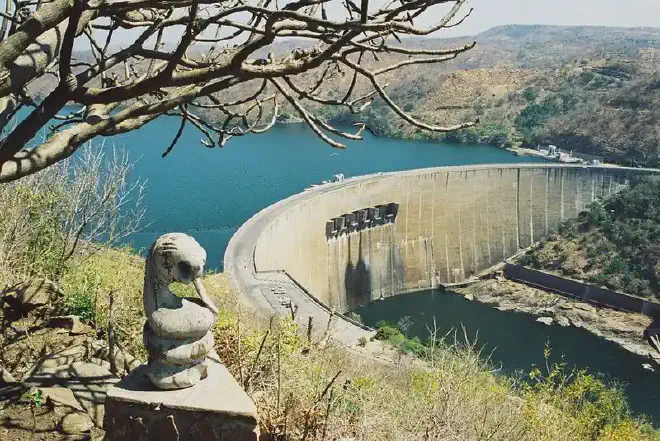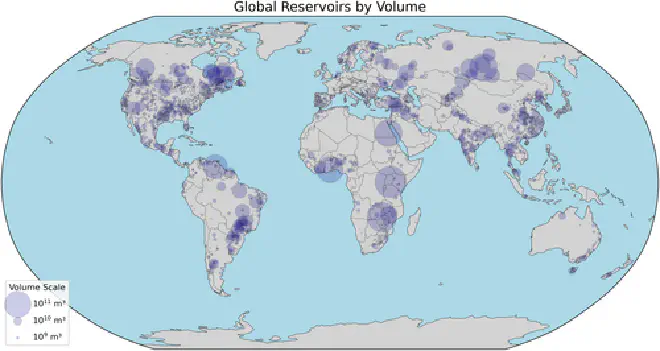

In an article published today on the American Geophysical Union’s newsroom website, we can read that “over the past two centuries, humans have locked up enough water in dams to shift Earth’s poles slightly away from the planet’s axis of rotation, according to new research”.
A new study in Geophysical Research Letters finds the construction of nearly 7,000 dams from 1835 to 2011 shifted the poles about a meter (3 feet) in total and caused a 21-millimeter (0.83-inch) drop in global sea levels. Together, these dams hold enough water to fill the Grand Canyon twice.

The results demonstrate another way human activities have affected the planet, according to the study authors. The polar shift is small, but it could help scientists understand how the poles will move if major glaciers and ice sheets melt due to climate change.
“As we trap water behind dams, not only does it remove water from the oceans, thus leading to a global sea level fall, it also distributes mass in a different way around the world,” said Natasha Valencic, a graduate student in Earth and planetary sciences at Harvard University and lead author of the new study. “We’re not going to drop into a new ice age, because the pole moved by about a meter in total, but it does have implications for sea level.”
Their results showed global dam building caused Earth’s poles to shift in two distinct phases. From 1835 to 1954, many dams were built in North America and Europe, shifting these areas toward the equator. The North Pole moved 20.5 centimeters (8 inches) toward the 103rd meridian east, which passes through Russia, Mongolia, China, and the Indochina Peninsula.
Then, from 1954 to 2011, dams were built in East Africa and Asia, and the pole shifted 57 centimeters (22 inches) toward the 117th meridian west, which passes through western North America and the South Pacific.
The results show that researchers need to take water impoundment into consideration when calculating future sea level rise. In the 20th century, global sea levels rose by 1.2 millimeters per year on average, but humans trapped a quarter of that amount behind dams – a significant fraction, according to Valencic. And sea level rise does not happen uniformly around the globe.
“Depending on where you place dams and reservoirs, the geometry of sea level rise will change,” Valencic said. “That’s another thing we need to consider, because these changes can be pretty large, pretty significant.”
- The study “True Polar Wander Driven by Artificial Water Impoundment: 1835–2011” was published in Geophysical Research Letters, an open-access AGU journal. Authors: N. Valencic, E. Speiser, E. Doi, E. T. Lee, B. Ford, A. Hatzius, D. Komaravalli, B. Erdmann, W. Hawley &J. X. Mitrovica. Department of Earth and Planetary Sciences, Harvard University, Cambridge, MA, USA

